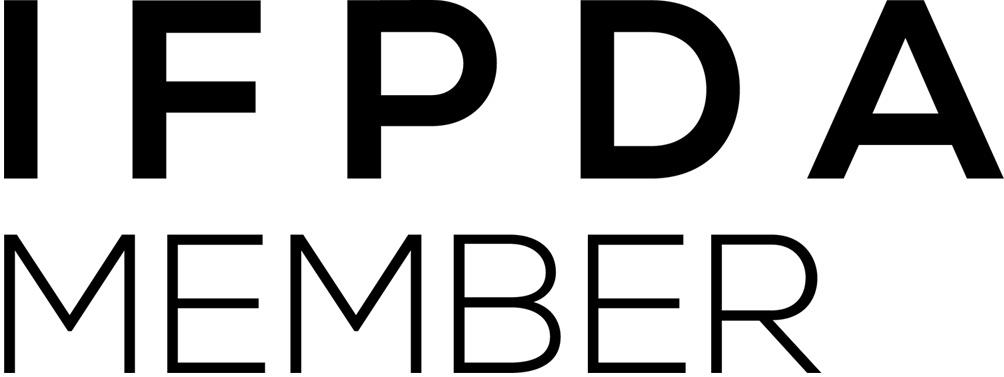Norman Dilworth
Born in 1931 in Wigan, Norman Dilworth showed an early interest in mathematics, but was discouraged by a school prefect, and decided to pursue a career in art. He studied at Wigan School of Art (1948-52), then at the Slade (1952-56), where he was attached to both the painting and sculpture departments, at the suggestion of William Coldstream. Visiting professors and lecturers included Henry Moore, Francis Bacon and Graham Sutherland. He was awarded the prestigious Henry Tonks Prize in 1955, and in the following year, he won the Sunday Times Drawing Prize. In his graduating year, he was awarded a French Government Scholarship, and so moved to Paris to continue his studies, where he befriended Giacometti. His work at this time took the form of paintings and drawings, executed in black and white, depicting geometric shapes that played with the viewer's perception. As such, they became associated with Kinetic Art, and in 1966 he was part of a survey exhibition of this new movement alongside Bridget Riley and Michael Kidner, at the Herbert Art Gallery, Coventry.
After living in England during the 1960s, and teaching at various colleges, Dilworth moved to Amsterdam in 1971, after a successful solo show was held at the Hague. By this time his work had moved from Kinetic to Constructivist Art, with the making of large, freestanding structures, often comprising intricate assemblages of steel rods, or of wood stained black. An example of the latter is Single Line, of 1976, a large-scale, latticed web of lines sculpted in wood, which was acquired by the Arts Council of Great Britain. He befriended Malcolm Hughes, Kenneth Martin and Jeffrey Steele, with whom he was invited to produce a print for the portfolio 'Rational Concepts'. Published in 1977, the portfolio was later purchased by the Tate, in 1981. Several survey shows of this movement were staged, including at Leicester Museum and Art Gallery (1973), followed by the touring exhibition Constructive Context, organised by Stephen Bann for the Arts Council of Great Britain in 1978. In 1980, Dilworth was invited to co-organise the seminal Pier + Ocean exhibition with Gerhard von Graevenitz at the Hayward Gallery, London. Featuring Carl Andre, John Baldesarri and Mario Merz, this exhibition explored the relationship between Constructivist Art and the international avant-garde movements of Land Art, Arte Povera, Minimalism and Conceptualism, and spawned two further shows, in Lodz (1981) and Munich (1982). This decade also saw a number of notable public and private commissions, mostly from across the Netherlands, for his sculpture and reliefs, many of them executed on a monumental scale.
Having shown extensively in Germany and the Netherlands, in 2002 Dilworth moved to Lille, prompting the Stedelijk Museum in Amsterdam to stage a farewell exhibition. While living in France, Dilworth has had several solo shows, notably at the Musée des Beaux Arts, Calais, in 2005, followed by a retrospective at Musée Matisse, Le Cateau Cambrésis. His first Redfern show was held in 2017. Most recently, in 2019, Dilworth was awarded the prestigious Peter C Ruppert Prize for Concrete Art in Europe, and in so doing, became the first British artist to win the prize since its inception in 2008; previous recipients include the French artist François Morellet and the Hungarian Dora Maurer.

